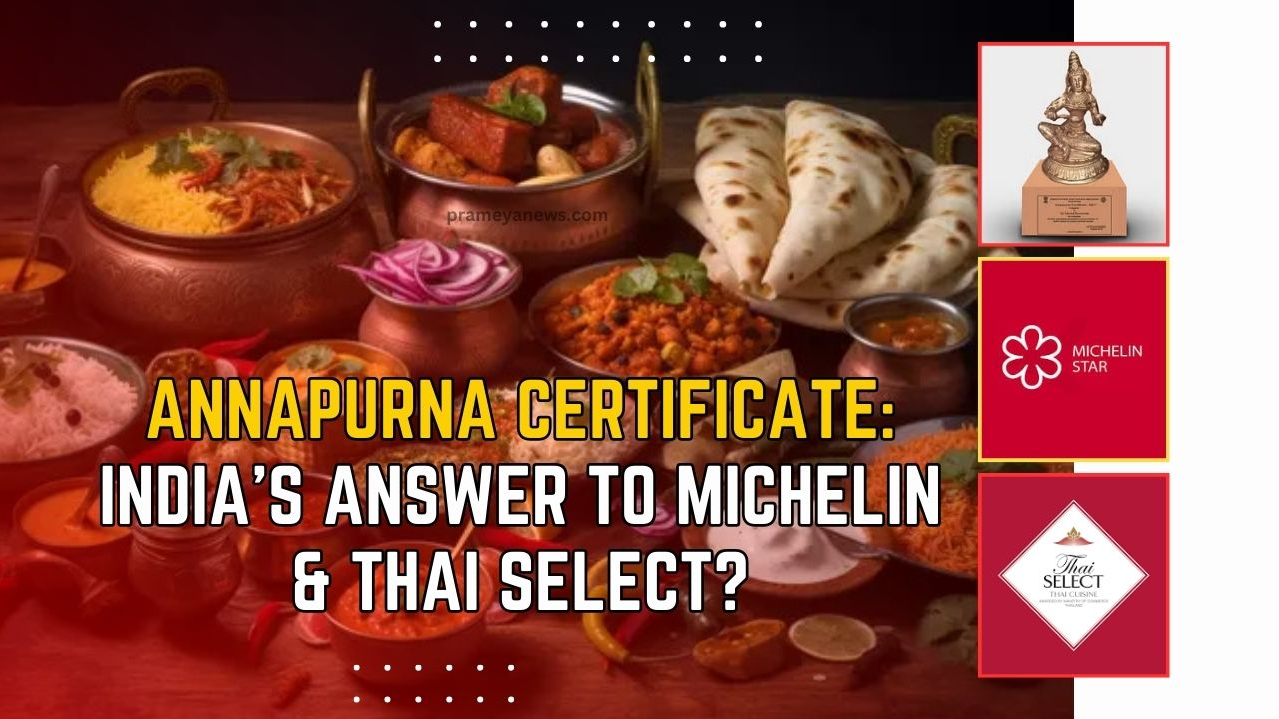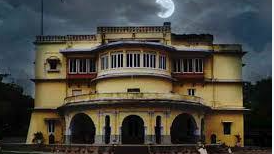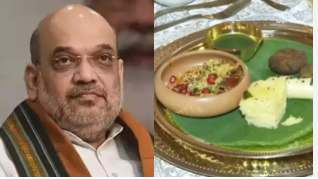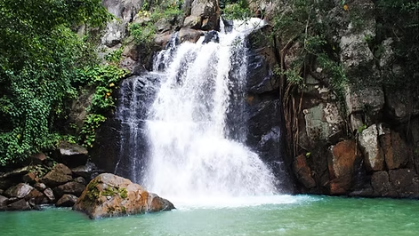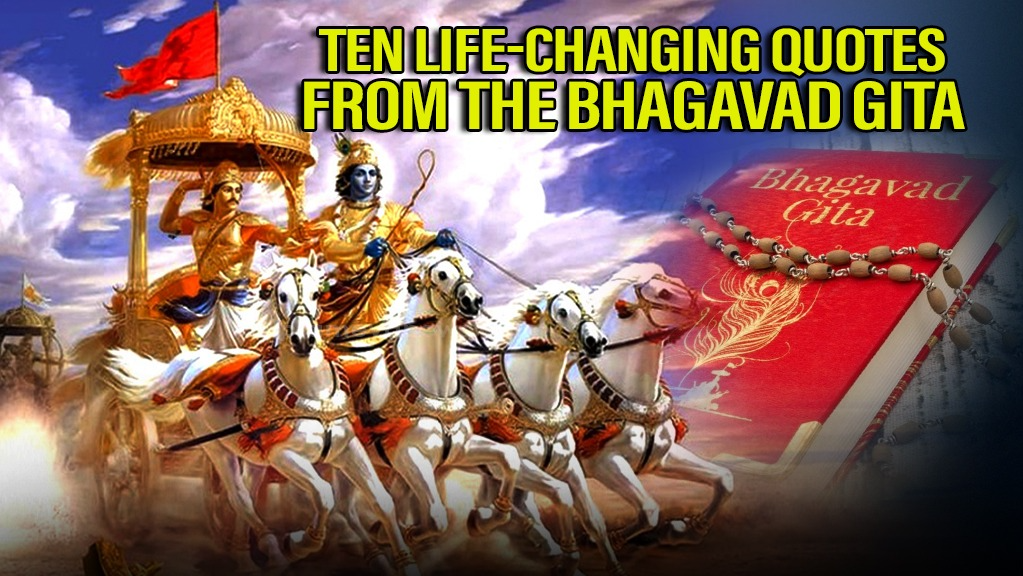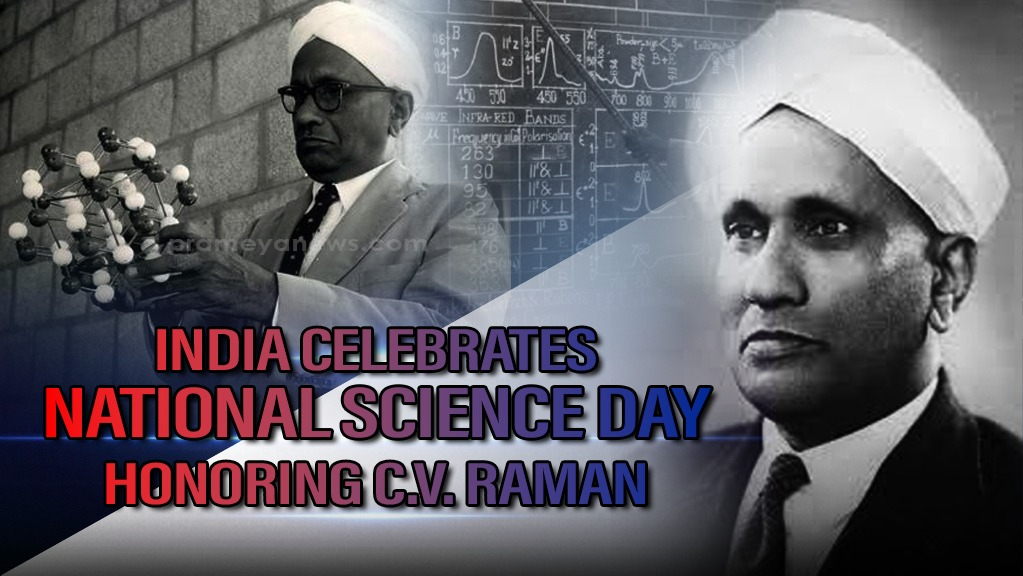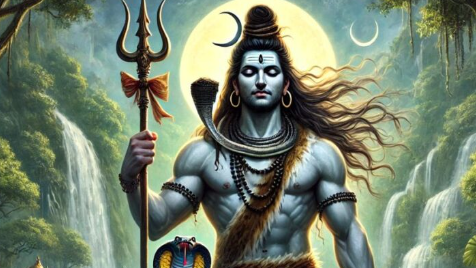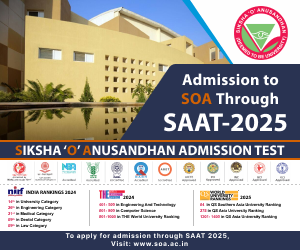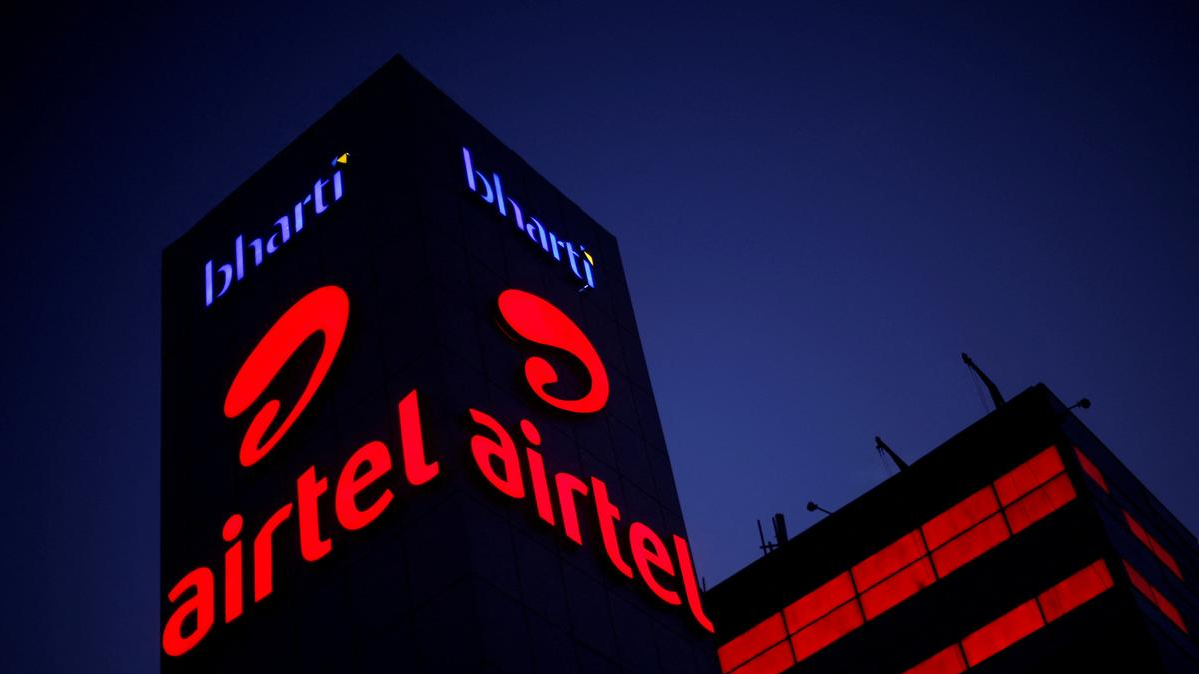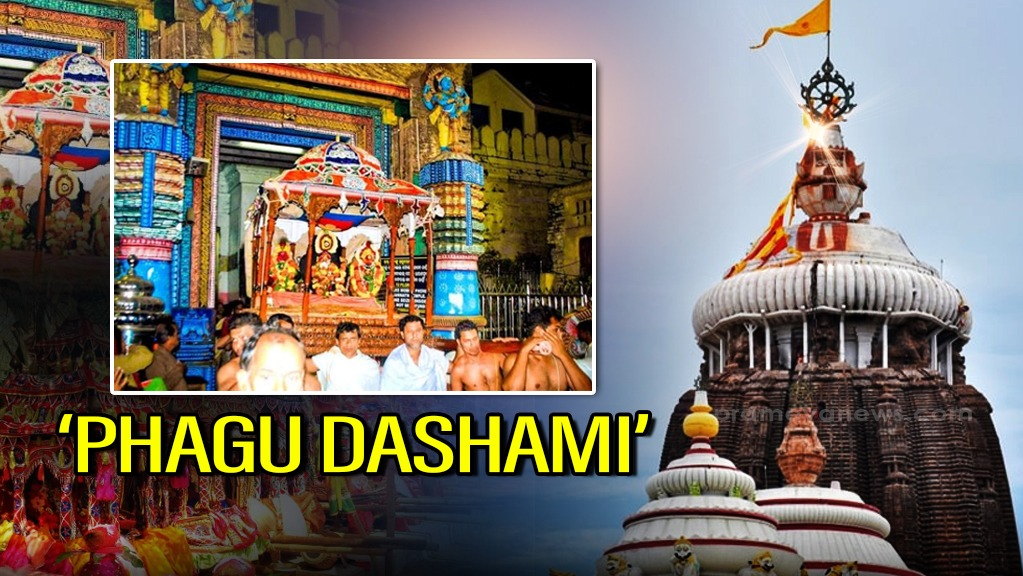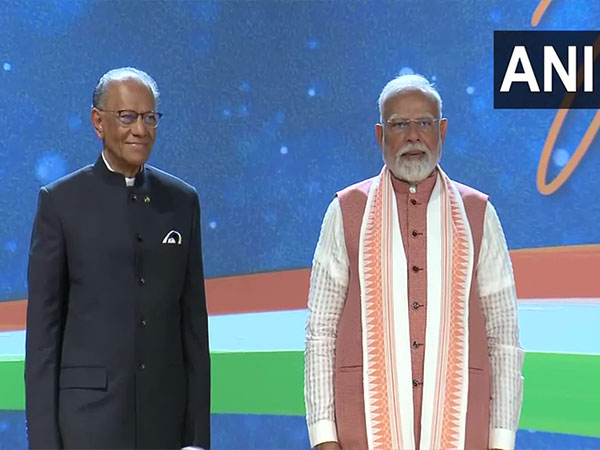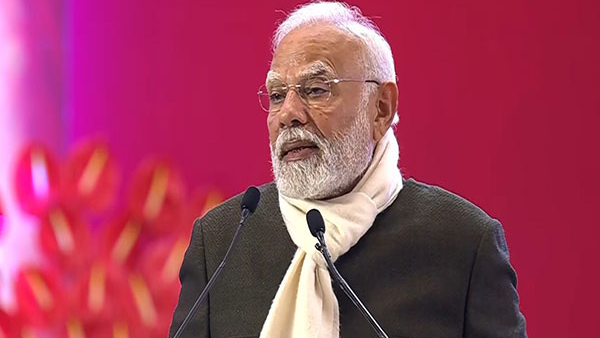Way back in 1897 Maharaja Sayaji Rao Gaekwad of Baroda used a lavish, all-French menu to impress Maharaja Scindia of Gwalior, showing off his sophistication and building a stronger relationship. "Food Diplomacy" is still alive since immemorial times the best example – Prime Minister Indira Gandhi having a Cypriot restaurant opened at The Ashok hotel when India and Cyprus were becoming close with strong diplomatic relation. At the 2023 G20 summit in New Delhi –India's showed off the all-vegetarian, millet-focused menu culinary fare.
India is now trying to take its food to the next level with the Annapurna Certificate, run by the Indian Council of Cultural Relations (ICCR). This is India's first attempt to create a system that recognises great Indian restaurants outside India, something like the famous Michelin stars. The winners even get a beautiful statue of Annapurna, the Hindu goddess of food.
Annapurna Certification Criteria
- Experience: The restaurant must have been open for at least five years.
- Authenticity: They need to serve real Indian food, not some watered-down version.
- Open to All (Almost): Both fancy restaurants and everyday eateries can apply, no matter who owns them.
- Safety First: They absolutely must follow all the local food safety rules.
- Tough Judges: Applications go to the Indian embassy first, then to the ICCR headquarters, where a special jury makes the final call.
In 2023, out of 120 hopeful restaurants, only six earned the Annapurna Certificate:
- Amber India (USA)
- Balaji Dosai (Sri Lanka)
- Indian Street Food & Co. (Sweden)
- Mumtaz Mahal Restaurant (Oman)
- Namaste India (Mongolia)
- Naans and Curries (Costa Rica)
Did the certificate help them? It's hard to say. Only Balaji Dosai actively promoted the award on its social media. The others seem to have missed a big opportunity. If you win a Michelin star, you shout it from the rooftops. This shows that the ICCR needs to do a much better job of promoting the Annapurna Certificate and making it a recognizable brand.
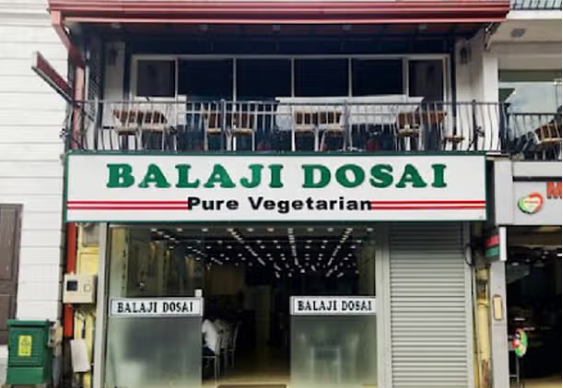
Annapurna vs. The World: how the Annapurna Certificate compares to other well-known culinary recognition systems:
Feature | Annapurna Certificate | Michelin Star | Thai SELECT |
Focus | Authentic Indian food | Fine dining | Authentic Thai food |
Geographic Scope | Outside India | Global (limited) | Global |
Restaurant Type | All types (no chains) | Primarily fine dining | All types, tiered |
Ownership | Any (ideally Indian) | Any | Any |
Brand Recognition | Low | Very High | Moderate, growing |
Marketing | Weak | Strong | Strong, government-backed |
Categories | One | Three, plus Bib Gourmand | Signature, Classic, Casual, and food products |
The comparison table highlights some key areas where the Annapurna Certificate can improve:
- Diversity, Please: Most of the 2023 winners focused on North Indian food. India's cuisine is incredibly diverse – think spicy Southern dishes, unique Western sweets, flavorful Eastern meats. The Annapurna needs to celebrate all of it, not just the usual ones.
- "Indian" vs. "Indian": Many restaurants abroad that call themselves "Indian" are actually run by people from Pakistan or Bangladesh. While the food might be similar, the Annapurna Certificate should ideally focus on restaurants with genuine Indian ownership or a clear commitment to authentic Indian culinary traditions. It is a difficult issue to resolve.
- Learning from the Best:
- Thai SELECT: As the table shows, Thailand's program is a great model. The tiered system (Signature, Classic, Casual) and inclusion of food products are smart moves.
- Michelin: The gold standard. ICCR could learn from Michelin's strong branding and marketing, and consider a "Bib Gourmand" equivalent.
- Marketing: The ICCR needs to get the word out. A dedicated website (like Thai SELECT has), social media campaigns, collaborations with food bloggers – these are all essential to make the Annapurna Certificate a recognized and respected award. The 2023 award ceremony barely made a ripple.
For the Road
The Annapurna Certificate has the potential to make it huge. It could become the "Indian Michelin," a symbol of excellence for Indian restaurants around the world. But it needs to embrace India's full culinary range, get tougher on authenticity, and, most importantly, learn how to market itself effectively. This will help put Indian cuisine on the global map.






